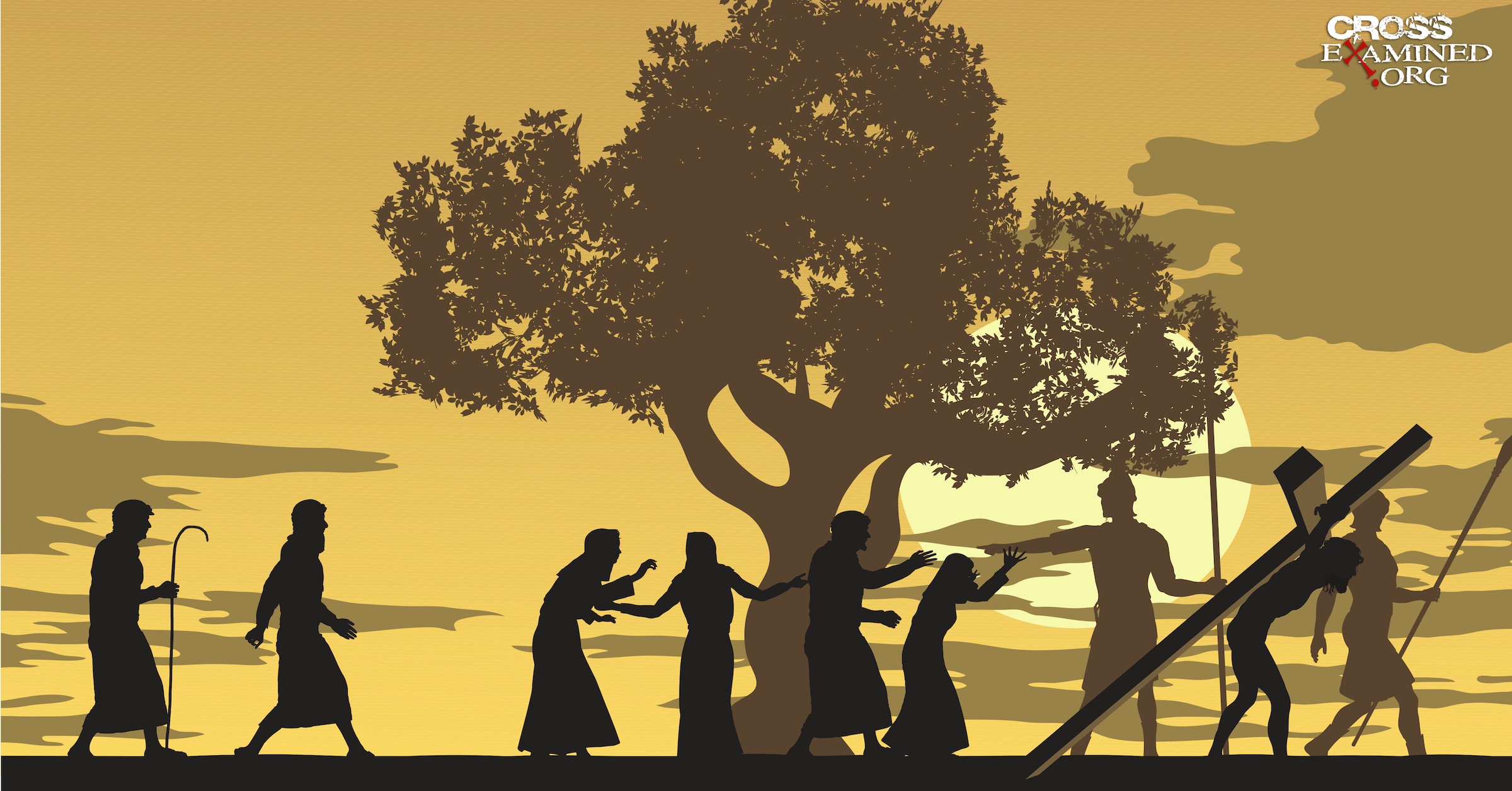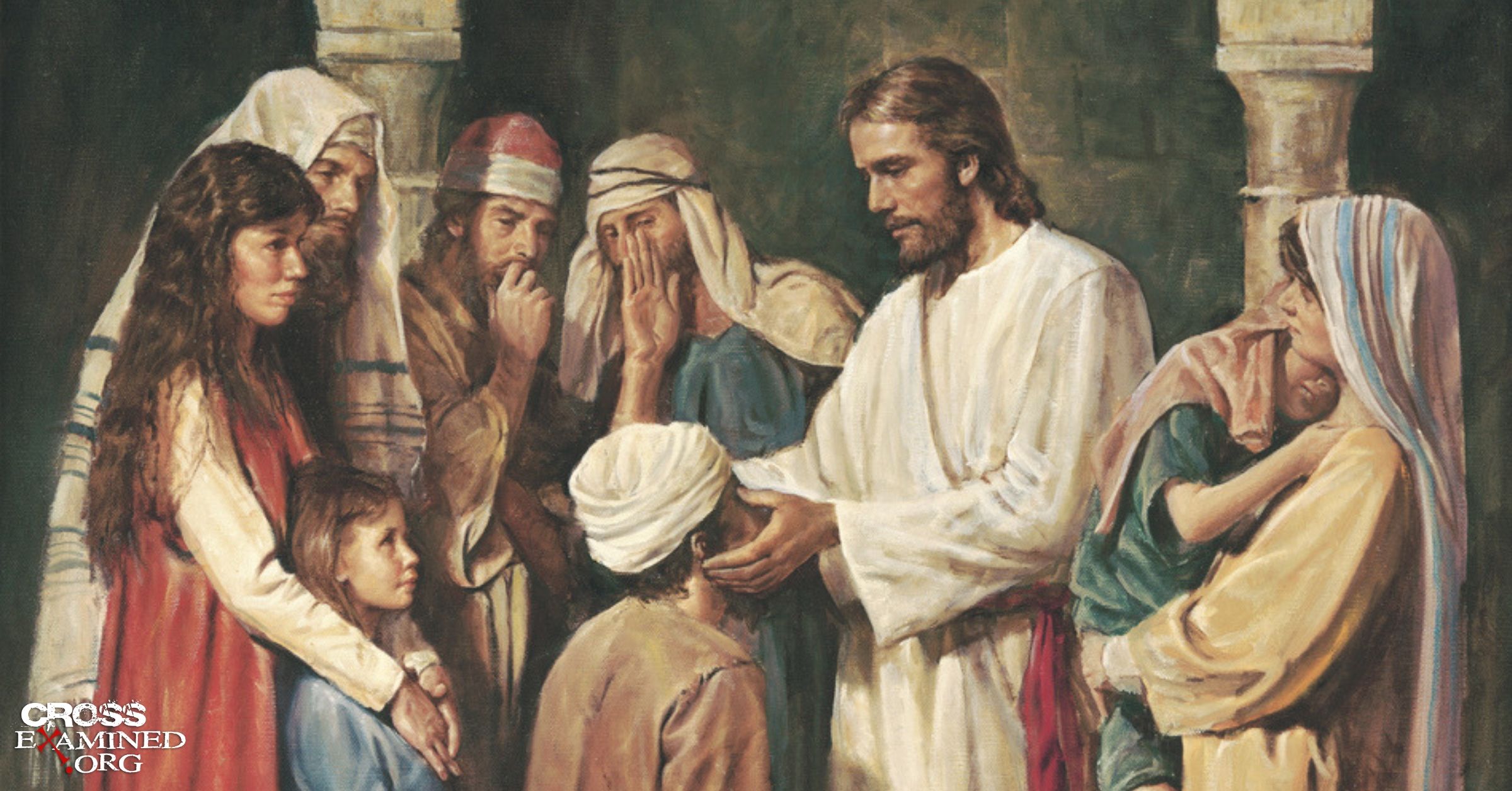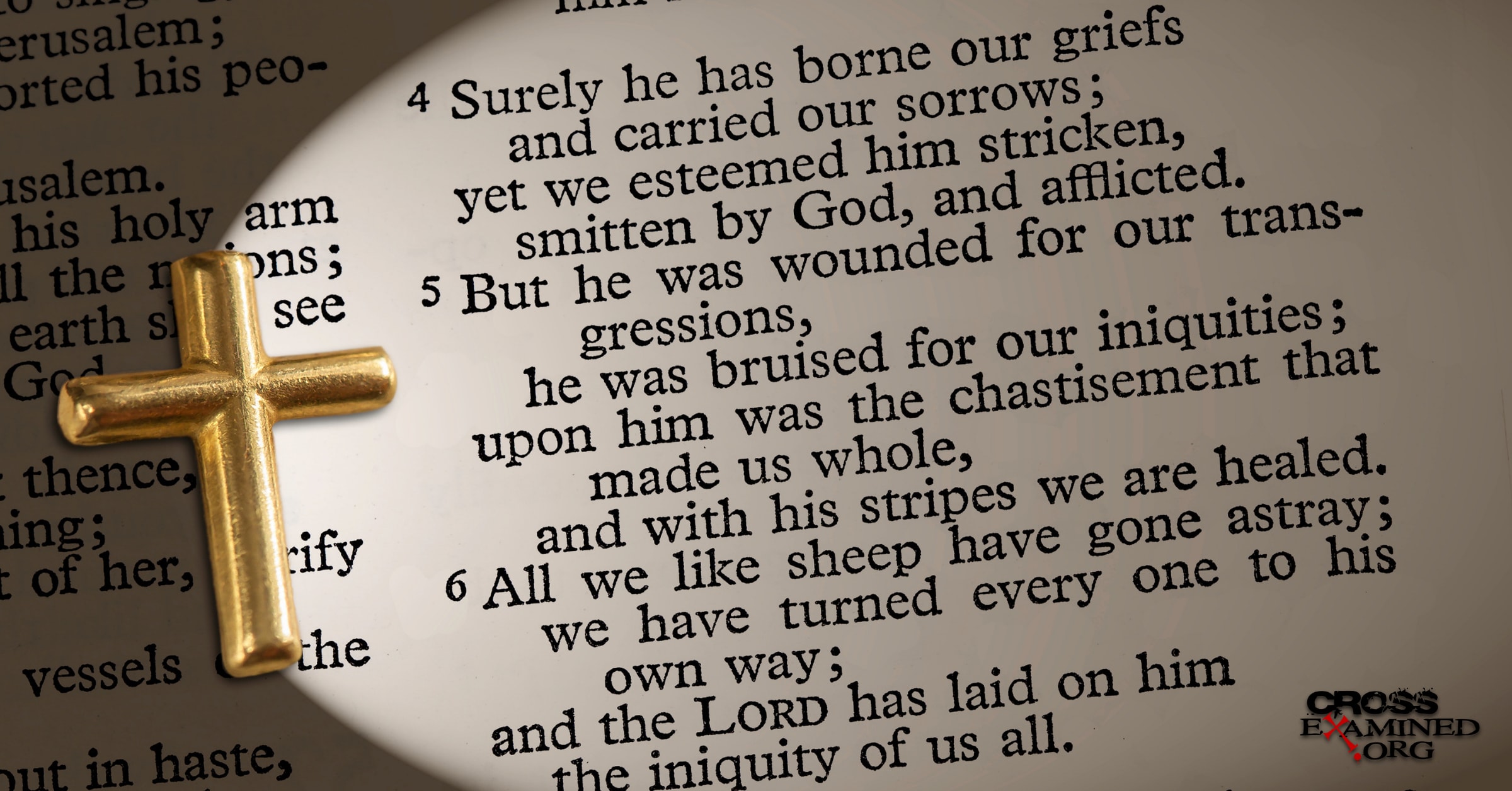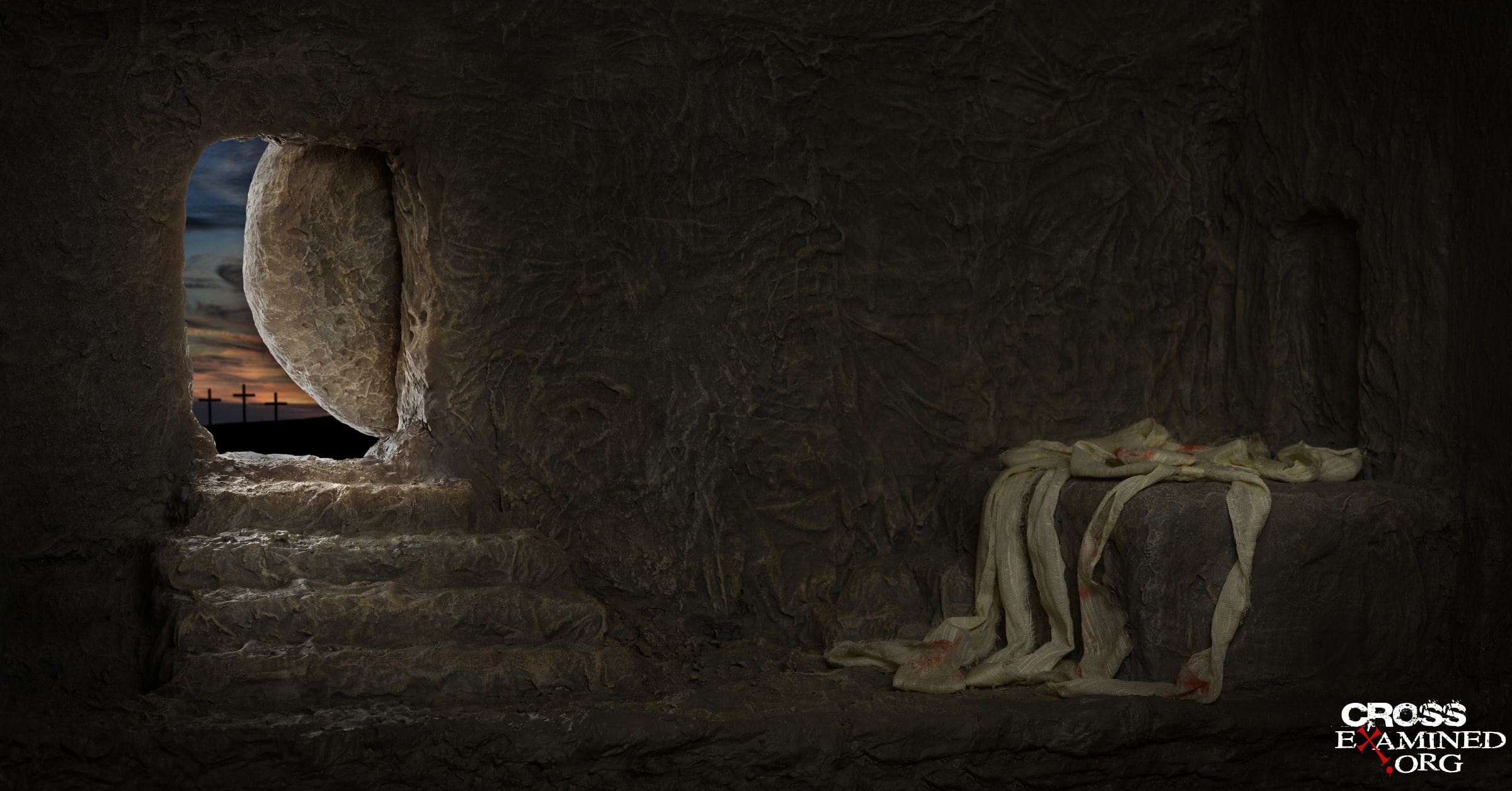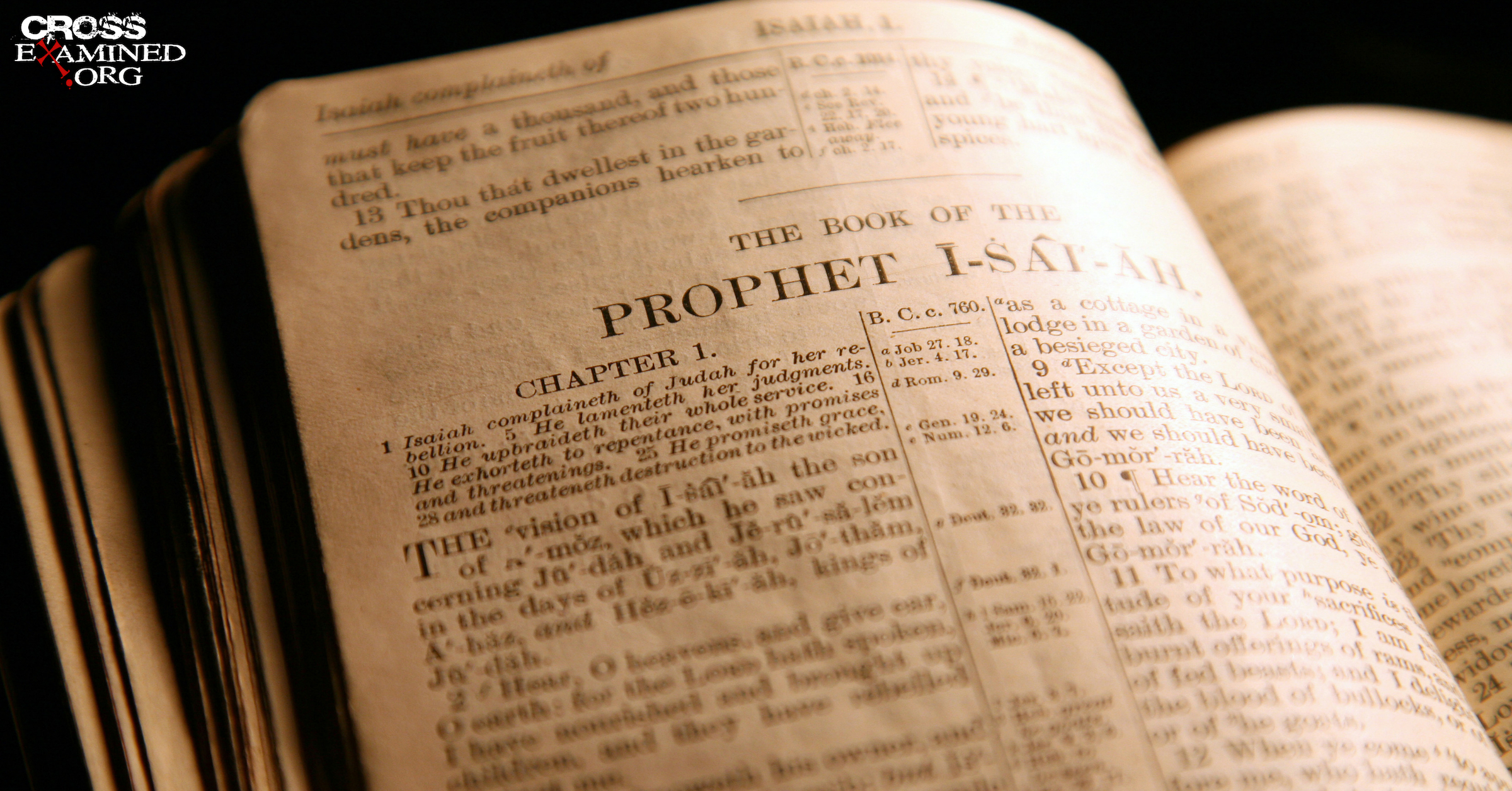Cuando llegué a tener dificultades con mi fe, no las tuve en el área de la ciencia. He creído que la ciencia y la fe pueden coexistir, y aún lo creo. El Dios que dio la revelación especial de la Biblia, es también el mismo Dios que creó los cielos y la tierra de ninguna materia existente. Mis luchas, fueron en el área de la historia. En 1997, me topé con el trabajo de un grupo llamado El Seminario de Jesús (compuesto de individuos tales como: Jhon Dominic Crossan, Robert Funk, y Marcus Borg) los cuales afirmaban que la mayoría de las palabras de Jesús, como están escritas en los evangelios, no podían ser históricamente verificadas. Más tarde me percaté en que El Seminario de Jesús, no tenía evidencias para apoyar sus afirmaciones si no que, solo contaban con sus propias presuposiciones.
Sin embargo, cuando comencé a estudiar las áreas de historia, filosofía y teología, noté que los detalles esenciales de la vida de Jesús de Nazaret pueden ser conocidos con gran certeza. Uno de mis profesores en “Liberty”, Gary Habermas, desarrolló lo que él llama “acercamiento mínimo de hechos”. Este enfoque enumera seis áreas de la vida de Jesús que son universalmente aceptadas por todos los historiadores. También agregó una séptima, la cual sostiene un gran peso como evidencia; aunque quizás no al grado que las otras seis. Entonces, ¿cuáles son estos siete aspectos históricos de la vida de Jesús que se pueden considerar con tanta certeza? Son los siguientes:
- Jesús murió en una cruz romana. Es universalmente aceptado que Jesús de Nazaret murió por crucifixión. Incluso el agnóstico de inclinación atea erudito del Nuevo Testamento Barth Ehrman, declara que “La crucifixión de Jesús, por los Romanos, es uno de los hechos más seguros que tenemos acerca de su vida”[1]. Los romanos eran asesinos eficientes. Ellos se aseguraban de que los individuos a quienes tenían que matar murieran, de no ser así, sus vidas tomarían el lugar de las víctimas.
- Los discípulos tuvieron experiencias que los llevaron a creer que Jesús había resucitado de entre los muertos. Podría sorprenderte esto, pero la mayoría de los historiadores aceptan que los discípulos tuvieron experiencias que los llevaron a creer en la resurrección de Jesús. Gran parte de los estudiosos están de acuerdo que algo sucedió ese primer domingo de Pascua. Pero en donde sí difieren, es en lo que ocurrió.
- Los discípulos fueron transformados por sus experiencias a tal punto que estaban dispuestos a morir por lo que ellos sabían que era verdad. Las personas mueren por algo que es mentira todo el tiempo. Muchos individuos han caído en guerras por naciones sin causas nobles. Sin embargo, es muy diferente cuando la persona muere por algo que conoce que es verdad o mentira. Los primeros discípulos estaban dispuestos a entregar sus vidas, y aun las vidas de aquellos a quienes ellos amaban, por lo que ellos sabían que era verdadero o falso. Ellos creían que Jesús literalmente había resucitado de entre los muertos.
- El mensaje de la resurrección fue difundido temprano en la historia de la iglesia. Este es uno de los puntos que me emociona. Espero escribir mi disertación sobre este mismo tópico. En todo el Nuevo Testamento hay credos que preceden los documentos del Nuevo Testamento. Uno de los más antiguos es 1 Corintios 15:3-7, el cual habla de las apariciones de la resurrección de Jesús a sus discípulos, Esteban, y en un momento dado a 500 testigos. La elaboración del credo es extremadamente antigua. Bart Ehrman, un agnóstico, considera que el material data “cerca de los años 30 de la era común”[2]. James D. G. Dunn afirma que el material data “entre uno a dos años de los mismos eventos”[3]. Lo más probable es que el credo data al mismo año de la muerte, sepultura, y resurrección de Jesús. Esto, junto con Gálatas 1:18-19 y los primeros credos, están entre los documentos más antiguos en todo el registro del Nuevo Testamento.
- Pablo de Tarso, el antes adversario del cristianismo, se convirtió en cristiano después de tener un encuentro con el Jesús resucitado. Nadie niega que Pablo de Tarso tuvo una experiencia camino a Damasco que transformó radicalmente su vida. ¿Qué pudo haber sido lo que transformó a este Fariseo de Fariseos, quien era miembro del Sanedrín o alguien que iba camino a convertirse en uno (Una posición que pagaba extremadamente bien)? El haber tenido tal encuentro con el Jesús resucitado realmente, hubiese provocado tal transformación.
- Santiago el hermano de Jesús, que era escéptico, se convirtió en cristiano después de tener un encuentro con el Jesús resucitado. Lo mismo sucedió con Santiago, el hermano de Jesús, el cual no era un seguidor de Jesús hasta después de la resurrección. Santiago desaprobaba el ministerio de Jesús (mirar Juan 7:5). Quizás en parte porque se esperaba que el hijo mayor de la familia se hiciera cargo del negocio de la familia. Jesús no lo hizo. En lugar de hacer eso, se fue a predicar. Probablemente Santiago sintió un gran resentimiento hacia Jesús durante el inicio de su ministerio. Sin embargo, su experiencia con el Jesús resucitado cambio todo eso.
- La tumba fue encontrada vacía. Mientras que este hecho no es tan aceptado como los otros seis, el 75% de eruditos de historia aceptan que la tumba de Jesús se encontraba vacía el primer Domingo de Pascua. De igual manera, es interesante notar que la predicación de la resurrección empezó justo después que sucedieran estas cosas en Jerusalén. Esto es convincente, ya que el escéptico sabría dónde estaría localizada la tumba de José de Arimatea. La tumba podría ser corroborada fácilmente. Jesús no estaba ahí.
Es muy probable que, a medida que nos acercamos a la temporada de Pascua, usted se encontrará con programas de televisión, libros, y folletos que intentarán disuadirlo de creer que Jesús se levantó de entre los muertos. La realidad es que la mejor evidencia no solo apoya que Jesús vivió y murió, pero que también se levantó de entre los muertos. De la misma manera que Santiago y Pablo fueron transformados por la resurrección de Jesús, ¡tú también puedes serlo! Exclamemos en triunfo con los ángeles parados junto a la tumba de Jesús, “Él no está aquí, ¡ha resucitado!” (Lc. 24:6).
Notas
[1] Bart D. Ehrman, Porqué Jesus fué asesinado?, Edición Kindle
[2] Bart D Ehrman, Jesús existió? Este argumento histórico de Jesús de Nazaret (New York: HarperOne, 2012), 141.
[3] James D.G. Dunn, Jesús recordado, Cristianismo en la fabricación, vol.1 (Grand Rapids;Cambridge,UK: Eerdmans,2003),864.
Brian G. Chilton es el fundador de BellatorChristi.com y es el presentador de The Bellator Christi Podcast. Recibió su Maestría en Divinidad en Liberty University (con alta distinción); su Licenciatura en Ciencias en Estudios Religiosos y Filosofía de la Universidad Gardner-Webb (con honores); y recibió la certificación en Christian Apologetics (Apologética cristiana) de la Universidad de Biola. Brian actualmente está inscrito en el programa Ph.D. en Teología y apologética en Liberty University. Brian ha estado en el ministerio por más de 15 años y sirve como pastor en el noroeste de Carolina del Norte.
Blog Original: http://bit.ly/2CGBvlK
Traducido por Natalia Armando
Editado por Billy Morales

